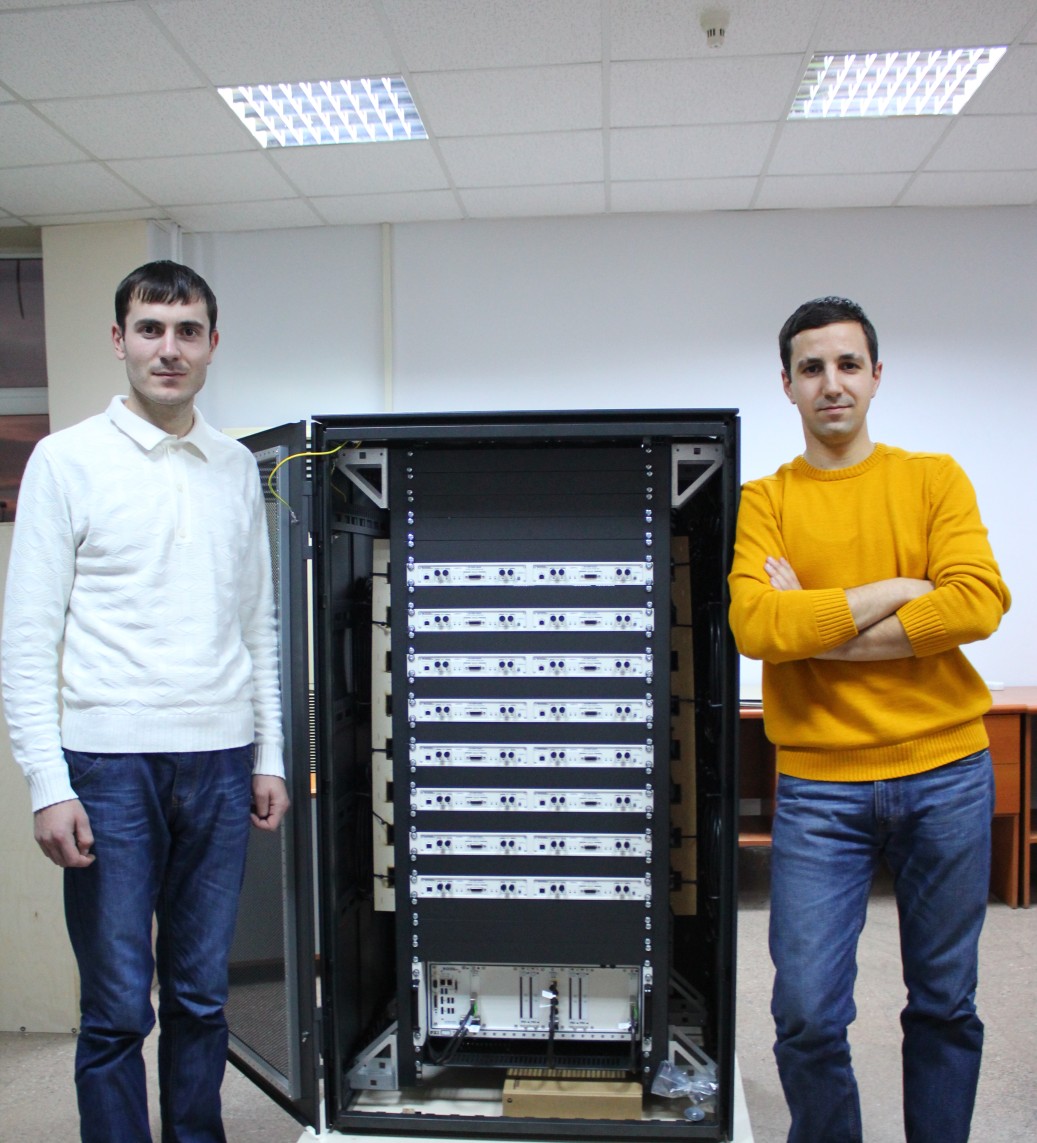
Overview
Massive MIMO is an exciting area of 5G wireless research. For next-generation wireless data networks, it promises significant gains that offer the ability to accommodate more users at higher data rates with better reliability while consuming less power. Using the NI Massive MIMO Software Architecture, researchers can build Massive MIMO testbeds to rapidly prototype large-scale antenna systems using award-winning LabVIEW system design software and state-of-the-art NI USRP™ RIO software defined radios (SDRs). With a simplified design flow for creating FPGA-based logic and streamlined deployment for high-performance processing, researchers in this field can meet the demands of prototyping these highly complex systems with a unified hardware and software design flow.
Introduction to Massive MIMO
Exponential growth in the number of mobile devices and the amount of wireless data they consume is driving researchers to investigate new technologies and approaches to address the mounting demand. The next generation of wireless data networks, called the fifth generation or 5G, must address not only future capacity constraints but also existing challenges—such as network reliability, coverage, energy efficiency, and latency—with current communication systems. Massive MIMO, a candidate for 5G technology, promises significant gains in wireless data rates and link reliability by using significantly more antennas at the base transceiver station (BTS)than in current wireless technologies . This approach radically departs from the BTS architecture of current standards, which uses up to eight antennas in a sectorized topology. With hundreds of antenna elements, Massive MIMO reduces the radiated power by focusing the energy to targeted mobile users using precoding techniques. By directing the wireless energy to specific users, radiated power is reduced and, at the same time, interference to other users is decreased. This is particularly attractive in today’s interference-limited cellular networks. If the promise of Massive MIMO holds true, 5G networks of the future will be faster and accommodate more users with better reliability and increased energy efficiency.
With so many antenna elements, Massive MIMO has several system challenges not encountered in today’s networks. For example, today’s advanced data networks based on LTE or LTE-Advanced require pilot overhead proportional to the number of antennas at the base station. Massive MIMO manages pilot overhead for a large number of antennas using time division duplexing (TDD) between uplink and downlink assuming channel reciprocity. Channel reciprocity allows channel state information obtained from uplink pilots to be used in the downlink precoder. Additional challenges in realizing Massive MIMO include scaling data buses and interfaces by an order of magnitude or more and distributed synchronization amongst a large number of independent RF transceivers.
These timing, processing, and data collection challenges make prototyping vital. For researchers to validate theory, this means moving from theoretical work to testbeds. Using real-world waveforms in real-world scenarios, researchers can develop prototypes to determine the feasibility and commercial viability of Massive MIMO. As with any new wireless standard or technology, the transition from concept to prototype impacts the time to actual deployment and commercialization.